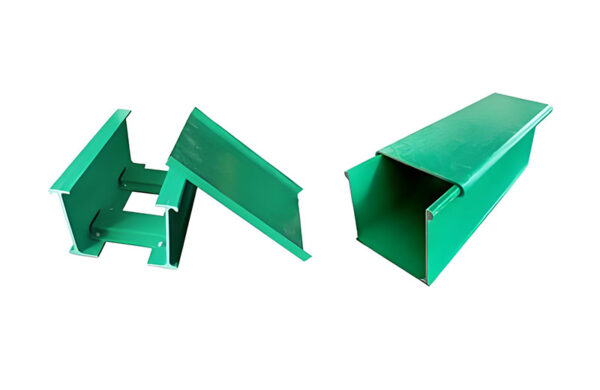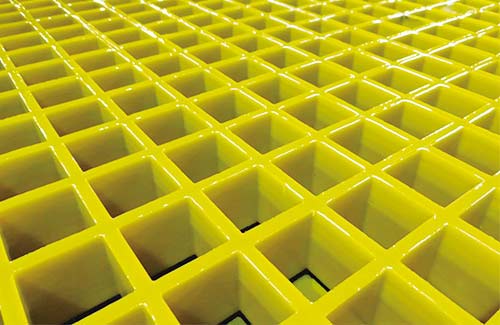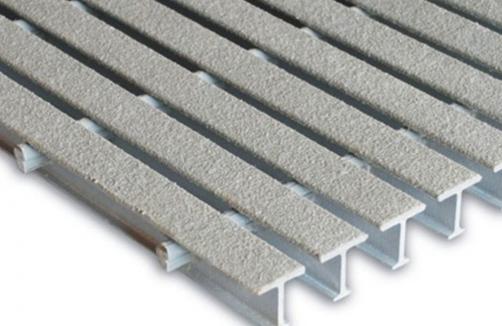FRP Grating vs Aluminum Grating: Corrosion Performance Analysis in Harsh Environments
When selecting materials for industrial applications in corrosive environments, the choice between FRP (Fiber Reinforced Plastic) grating and aluminum grating becomes critical. This article examines how these materials perform under corrosive conditions through comprehensive testing and analysis.

What fundamental differences exist between these materials that affect their corrosion resistance? FRP grating is composed of fiberglass reinforcement and resin matrix, creating a non-metallic structure inherently resistant to electrochemical corrosion. In contrast, aluminum grating, while naturally forming a protective oxide layer, remains susceptible to pitting and galvanic corrosion, especially in chloride-rich environments.
How do these materials perform in specific corrosive scenarios? Extensive corrosion testing reveals that FRP grating maintains structural integrity in chemical processing plants, marine facilities, and wastewater treatment stations where exposure to acids, alkalis, and saltwater is constant. Aluminum grating, while initially cost-effective, shows significant degradation over time in these environments, requiring frequent maintenance and replacement.
What testing methodologies provide the most reliable performance data? Accelerated corrosion tests, including salt spray exposure, chemical immersion, and cyclic humidity testing, demonstrate FRP grating’s superior performance with minimal strength retention loss. Aluminum grating typically exhibits surface pitting, intergranular corrosion, and eventual structural compromise under identical conditions.
Which industries benefit most from each material’s corrosion characteristics? Chemical processing facilities, offshore platforms, and food processing plants increasingly prefer FRP grating due to its corrosion resistance, non-conductive properties, and longevity. Aluminum grating remains suitable for dry indoor applications with minimal chemical exposure where weight considerations are paramount.
From a lifecycle cost perspective, FRP grating, despite higher initial investment, offers significant long-term savings through reduced maintenance needs and extended service life. The total cost of ownership analysis consistently favors FRP in corrosive environments when evaluated over a 10-15 year period.
Environmental considerations further tip the scales toward FRP grating, which requires no protective coatings, contains no heavy metals, and can be recycled at end-of-life. Aluminum production, while energy-intensive, offers recyclability advantages, but the need for protective treatments in corrosive environments negates some environmental benefits.
In conclusion, corrosion testing clearly demonstrates FRP grating’s superior performance in harsh environments. For applications where long-term durability and minimal maintenance are priorities, FRP grating represents the optimal solution despite higher upfront costs. Aluminum grating maintains viability in less demanding applications where weight and initial cost are primary concerns.







